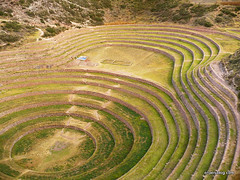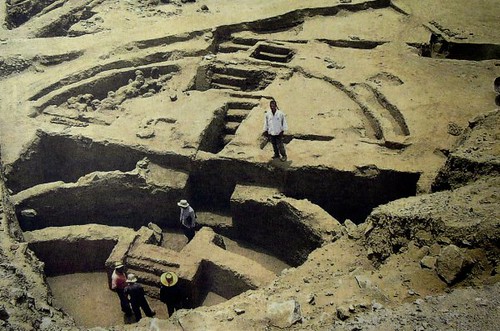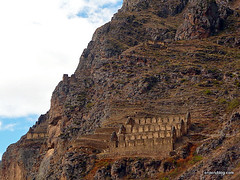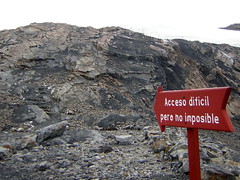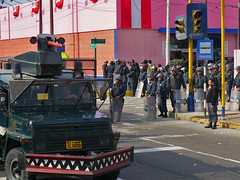Criminals traffic historic books
Months ago, a collector received a visit from an antique trader. “What I saw was something I would have hoped not to”, said the witness speaking to newspaper El Comercio. He was offered several pieces that could have only come from one source: Peru’s National Library. The trader even had photocopies of other examples he had already sold, also from the library. The collector refused to buy them and explained he would have to report the trader.
Two days later other person arrived with the same books, having bought them and now looking to sell them on. The collector contacted another bibliophile to help finance their purchase, their aim being to avoid the repeated sale of, and potential damage to, these antique treasures.
What they bought was enough to anger any lover of libraries or indeed history:- four books published between the 16th and 19th centuries, three in Spain and one in Mexico, all of which in the catalogues of the rarest books in the country.
Two of the books are; “Querétaro. Memorias de un oficial del emperador Maximiliano” by French military man Alberto Hans and published in Mexico in 1869. “Compendio histórico, geográfico y genealógico de los soberanos de la Europa” by Manuel Trincado, the fifth impression of a book published in Madrid in 1769.
Page 43
With a quick glance there is an obvious difference on the pages 43 of the books. In one there is an obvious scraping of the page – a telling stamp that has been removed and poorly concealed with a white substance. Anyone who knows anything about Peru’s National Library and its precious books knows what the stamp they are trying to hide was for.
It was a tragic time in Peru’s history for culture and literature – the fire in the National Library in 1943. The fire devoured invaluable works from the “old building” located on the Avenida Abancay in central Lima. The Government of the time charged historian Jorge Basadre with the reconstruction of the building and the recuperation of the country’s national heritage. The effort was enormous. In homage to the event, the rescued and restored books were stamped on the pages 43. Its also interesting to note that Basadre always suspected that the fire was set deliberately in order to mask the theft of other books never found.
Lost heritage
One of the more famous books of the four is “Instrucción de confessores, y penitentes, desengaño universal que con toda claridad manifiefta el feguro camino del cielo” by Danial Concina. This rare copy left the printer of Miguel Escrivano in Madrid in 1766. It is a so valuable that in December of 2006 it was declared a work of National Cultural Heritage, along with 23 other titles from the 17th and 18th centuries. The books was entered into the National Register of Library Material… but just three years later has found itself sold on the black market. Although 3 other copies exist in the world, this stolen book that has now surfaced is the oldest by three years.
The fourth book bought by the collector is a crown jewel, a perfectly preserved copy of “Papirii massoni annalium” by celebrated French historian Jean Papire Masson. It is dated to 1578. The cover is coated with gold leaf and is decorated with a detailed potrait of the author. In this example, the trafficers didn’t even bother to remove the National Library’s barcode.
This particular book is so valuable it is not available to the public and is restricted only to investigators. Its disappearance wasn’t even detected by those in charge of the library until El Comercio contacted them last week. Peru’s National Library refused to give an official statement.
The collector who rescued the books refused to reveal how much he paid, but according to experts “Papirii massoni annalium” is valued at around five thousand dollars.
In June of 2004 the theft of 100 books from the Library of Cusco was made public, including a copy of “La Florida del Inca”, by Garcilaso de la Vega from 1605 and “Leyes de Indias”, from 1681.
Tags: antiques, avenida abancay, book, el comercio, national library




